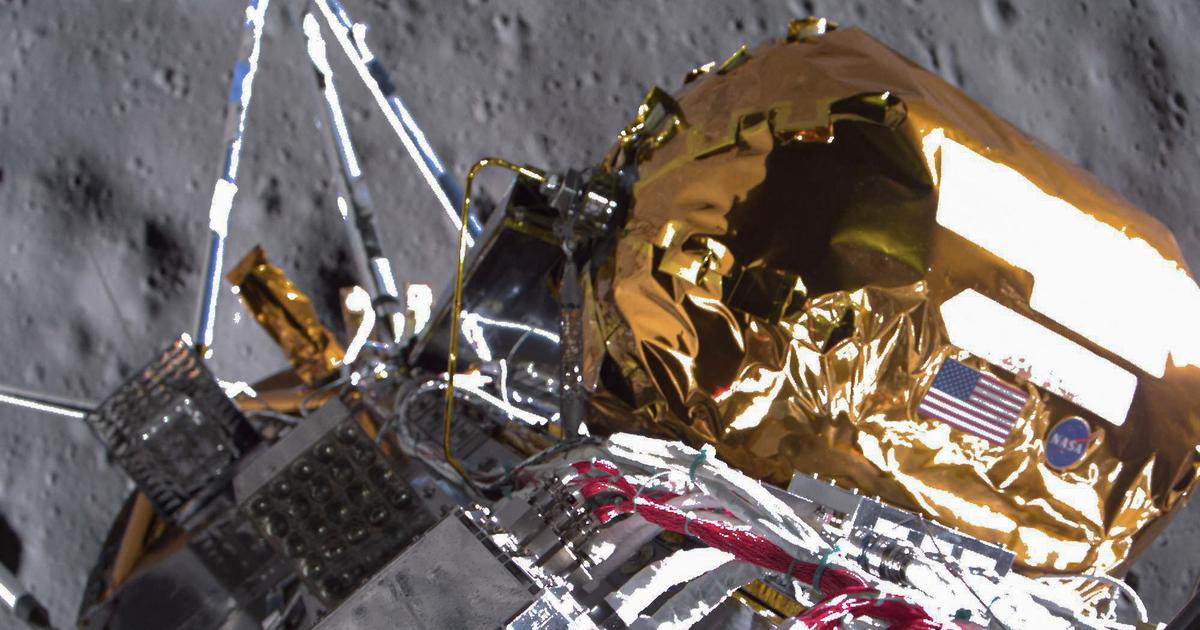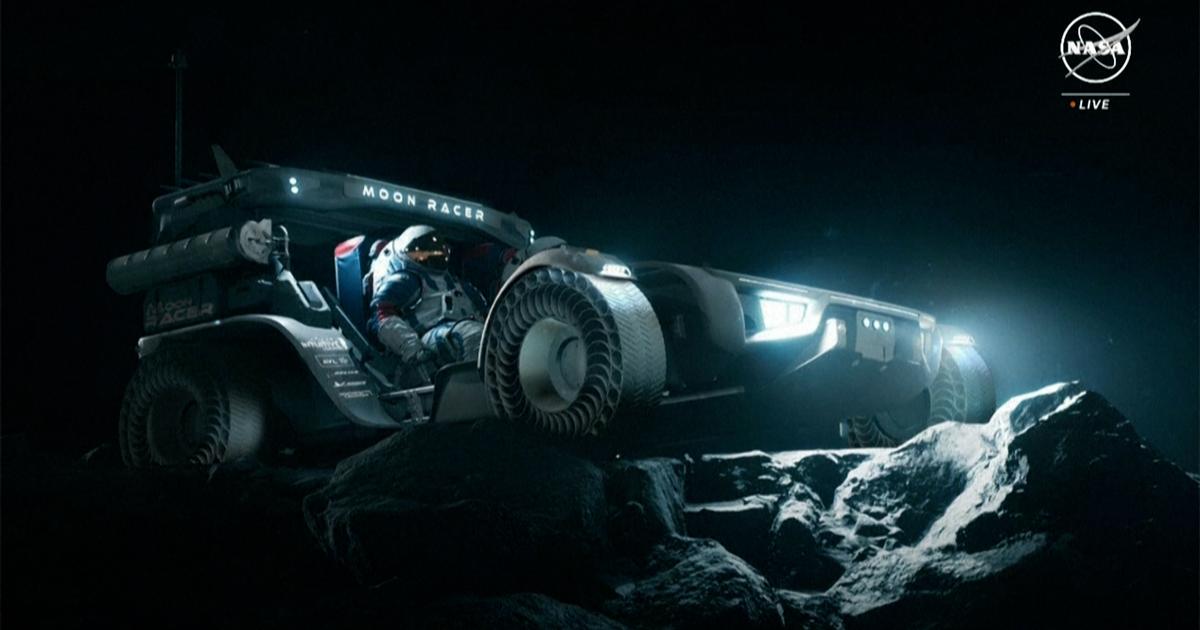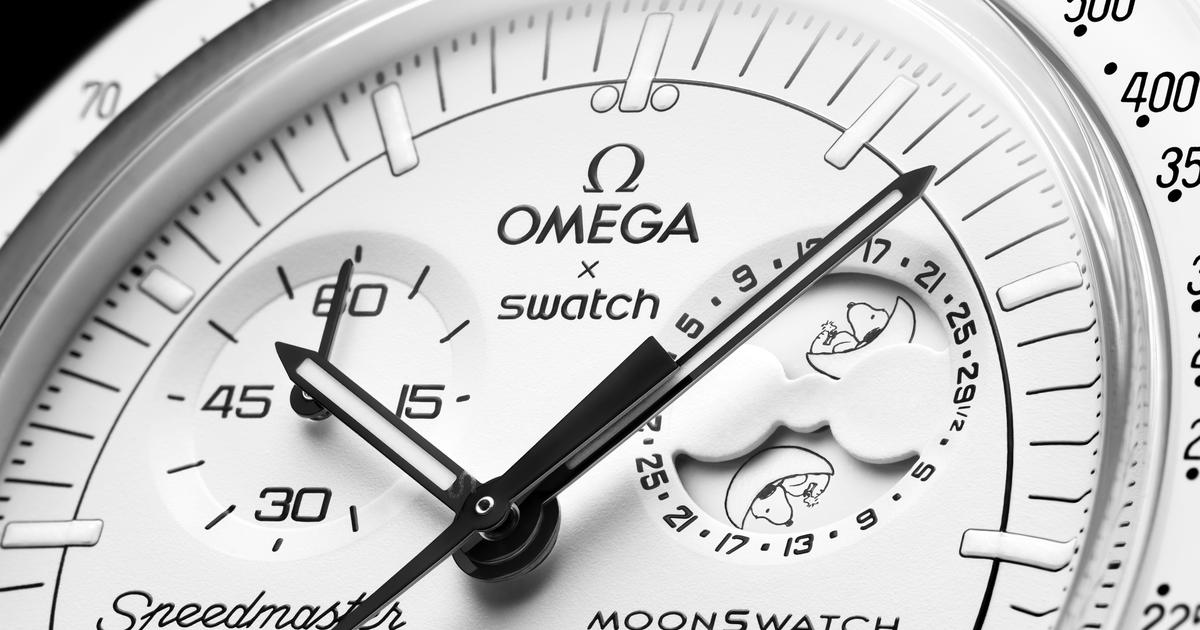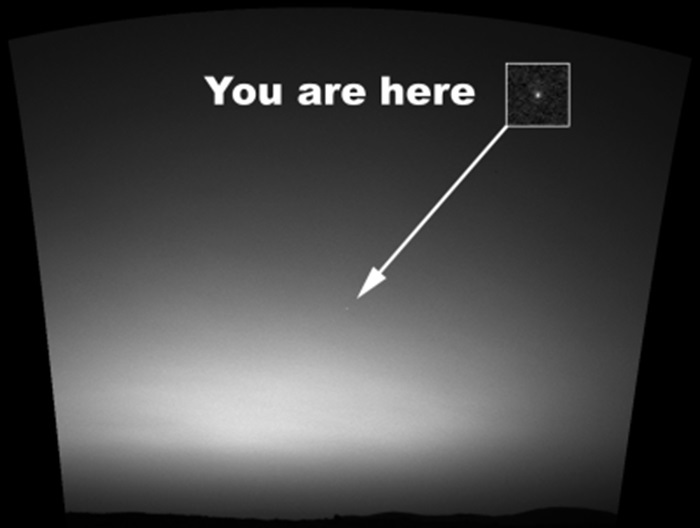The NASA mission “Apollo 13” was to bring people to the moon for the third time. Instead, an oxygen tank exploded - and the rest is history.
- The NASA mission “Apollo 13” was to be the third landing of humans on the moon
- Instead, the mission failed at first glance and had to be canceled
- At NASA, however , "Apollo 13" is considered a "successful failure" - why is that?
A flight to the moon , the landing of two astronauts on the celestial body - what sounds like science fiction today was a world sensation when the first moon landed on July 20, 1969 *, but it was almost everyday life the following year. The third planned moon landing on April 11, 1970 was so common for many contemporary witnesses that it was under the radar for a long time. After all, no new pictures were to be expected of another landing on the moon - and the “space race”, the race into space against the former Soviet Union, had already been won.
Everything was still normal: “Apollo 13” takes off for the third moon landing with a Saturn V rocket.
© Nasa
“Apollo 13” with astronauts Jim Lovell , Jack Swigert and Fred Haise was just supposed to be another mission to the moon , the third time that people set foot on the Earth's satellite. But that was not to happen, because something suddenly happened that suddenly brought NASA's “Apollo” program back into the consciousness of mankind: Just 56 hours after the routine start of “Apollo 13”, one of the liquid oxygen tanks on board exploded - and put the crew in a life-threatening and almost hopeless situation.
"Apollo 13": Oxygen tank explodes and puts the astronauts in mortal danger
50 years of "Apollo 13"
On April 11, 1970, NASA's third lunar mission, "Apollo 13", started. In the night of April 13-14, 1970, the fuel tank exploded, and on April 17, 1970, the astronauts washed unscathed in the Pacific. (tab)
At the time of the explosion , the astronauts were more than 300,000 kilometers from Earth and were in mortal danger from one second to the next. Lovell, Swigert and Haise were in the "Odyssey" command module , which the "Aquarius" lunar module had in tow. The explosion of the oxygen tank occurred in the service module of the "Odyssey" and there also damaged the pipe system of the second oxygen tank. Lovell later said: "It wasn't until I looked out the window and saw that my spaceship was losing oxygen at the far end, that I knew we were in serious trouble."
Losing oxygen in space is always problematic. In this case, the loss also resulted in less oxygen being available from which the fuel cells on board could generate electricity and water. So the astronauts had only one chance: they had to give up the dream of landing on the moon and return to Earth as quickly as possible.
"Apollo 13": Lunar module as a "lifeboat" for three astronauts
But that was not easy: survival in the command module , which was designed to supply the three astronauts during the return flight to the moon , was only possible for a short time. The resources still available there had to be saved for re-entry into the earth's atmosphere - which is why the astronauts relocated to the "Aquarius" lunar module. It was actually intended to transport two astronauts to the moon , take care of them there and then bring them back to the command capsule. Now the "Aquarius" had to ensure the survival of three astronauts until shortly before returning to Earth as a "lifeboat" and at the same time take over the navigation tasks that the command capsule had previously carried out.
To make the situation even more complicated, a direct turn back to Earth was impossible: Nobody knew the condition of the main engine of the command module after the explosion. Therefore, those responsible for NASA decided to use the gravity of the moon to return to Earth . A so-called swing-by maneuver was planned: the landing engine of the lunar module was briefly fired, which caused the course to change slightly and the trajectory to return to earth after circling the moon.
It was a mission burdened with problems from the beginning. But failure was not an option.
We're premiering our Apollo 13 documentary “Home Safe” on Friday, Apr. 10 at 8pm ET on NASA TV. Set a reminder to watch: https://t.co/8x8mNyrLHy pic.twitter.com/Ps3R1pfR09
"Apollo 13": Mission Control in Houston fights - it's about life and death
But even this short-term calculated change in the trajectory did not save the astronauts: "We suddenly had a lot of problems, but the most outstanding was the danger of carbon dioxide," Commander Lovell later recalled. “We exhale carbon dioxide and if it is not removed from the air, it becomes toxic in high concentrations. That could have killed us. ”This problem was not easy to solve: The“ Aquarius ”CO2 filters were only designed to absorb the carbon dioxide of two astronauts for a maximum of 45 hours. The filters from the command module could not be used to help, since they were square and did not match the cylindrical CO2 filters from the "Aquarius".
It was one of the moments when Mission Control in Houston showed what people can do when it comes to life and death. The teams there, day and night, devising plans to save the "Apollo 13" astronauts , sent the crew instructions on how to make an adapter out of things that could be found on board. Among other things, tape, covers of books and a sock were used - but it worked.
"Apollo 13": Astronauts have to save energy
Rescue succeeded: astronaut Jack Swigert is lifted out of the command module. Jim Lovell is still waiting for his rescue while Fred Haise is already on board the helicopter.
© Nasa
In order to save energy, most of the "Aquarius" electrical systems were switched off for a long period of time, which also applied to the heating. The astronauts on board sometimes had to work at 0 degrees Celsius. The systems were only reactivated a few hours before landing. The astronauts returned to the command capsule for the landing. There were fears that the electrical system would be affected by moisture and frost, but everything was going smoothly.
The service module of the command capsule burned up as planned when entering the earth's atmosphere. Only the radio silence on re-entry - called "blackout" in technical jargon - lasted longer than expected. At the control center in Houston , it was feared that the crew of "Apollo 13" had been lost. However, the landing was successful, "Apollo 13" watered in the Pacific and was collected by the recovery ship "USS Iwo Jima". It later turned out that the capsule was lighter than expected, after all "Apollo 13" had not brought any lunar rock to Earth. Therefore, the entry angle changed somewhat, which is why the "blackout" took longer than calculated.
"Apollo 13" is considered a "successful failure" by Nasa
During the subsequent investigation of the "Apollo 13" disaster , it emerged that a series of misjudgments and omissions, and ultimately a short circuit when a fan was activated, led to the explosion of the oxygen tank. At NASA, the "Apollo 13" mission is considered a "successful failure" because the mission has taught us a lot about how to save astronauts from a seemingly hopeless situation.
"Apollo 13" commander Lovell later said: "The actual mission of the flight was a failure." However, it was an "enormous success" how the team at the control center worked and how "what almost became a disaster." would have been converted into a "successful rescue". The astronaut Jack Lousma, who was responsible for communication with the astronauts in the control center, described his work afterwards as follows: “We reacted as we had to. We were people who worked very hard to find out what the problem was. ”
Four more "Apollo" missions from NASA flew to the moon
After the failed moon mission, four more "Apollo" missions successfully brought astronauts to the moon . In contrast, Lovell, Swigert and Haise never landed on the moon. That frustrated and disappointed him back then, Lovell said later. Over the years, however, he had come to believe that "this accident was the best thing that could ever have happened to NASA." "Apollo 13" emphasized that "space travel is always dangerous".
The Hollywood film “Apollo 13” with actor Tom Hanks as commander Lovell gave an impression of how dangerous the mission was after the explosion in the 1990s. Everyone saw through the film that "Apollo 13" was one of the "best hours" of NASA , believes astronaut Lousma. The film was also well received by Lovell, who provided the novel and was involved in the script.
With being on a semi lockdown and working from the basement, been listening to the mission on https://t.co/JPKQJhlbHJ site.
- Joliet_Jake (@ JolietJake12) April 7, 2020"Apollo 13": "Houston, we have a problem" becomes a popular word
The Hollywood film not only gave viewers a sense of the tightness on board the "Aquarius", but also gave rise to a winged word: the saying "Houston, we have a problem" ("Houston, we have a problem" ) comes from the film. In fact, audio recordings from the Apollo 13 mission show that astronaut Swigert radioed "Houston, we've had a problem here" to the control center in Houston. At the time of the radio broadcast, Swigert apparently assumed that the problem might already be solved - a big mistake.
By Tanja Banner
* fr.de is part of the nationwide Ippen-Digital central editorial office.






/cloudfront-eu-central-1.images.arcpublishing.com/prisa/HYMG6UGJN5GLFOWR6YJPREOZXY.jpg)


